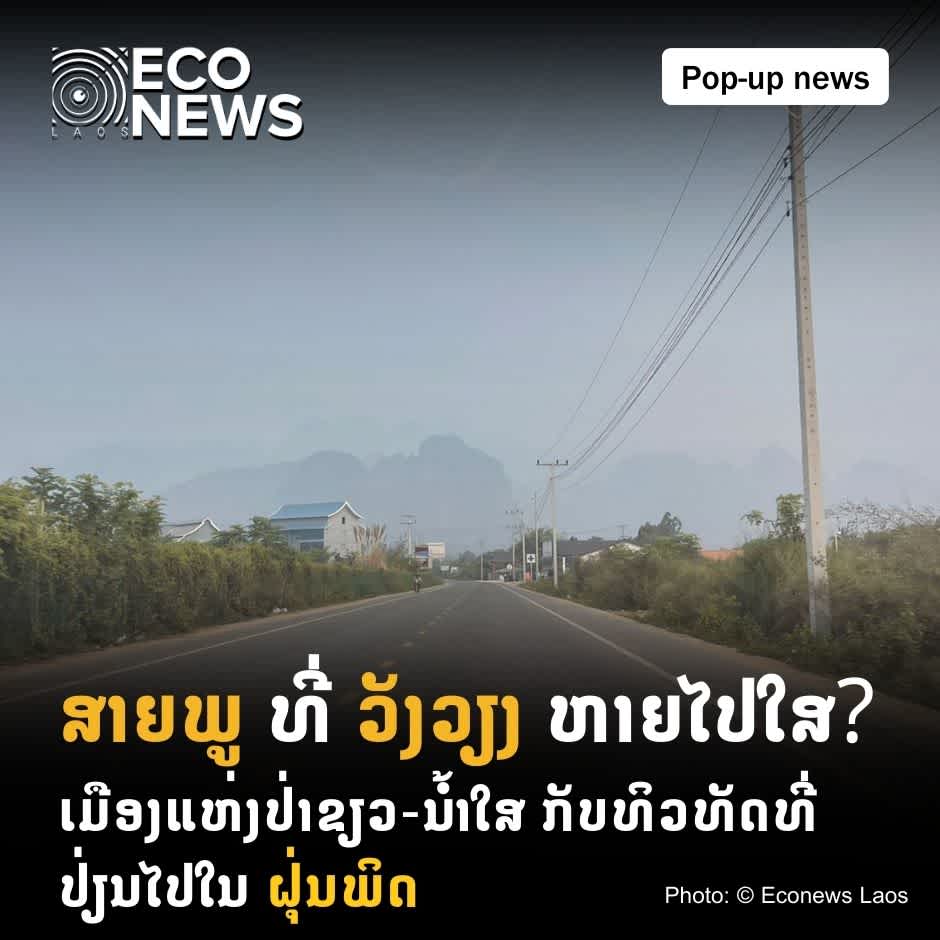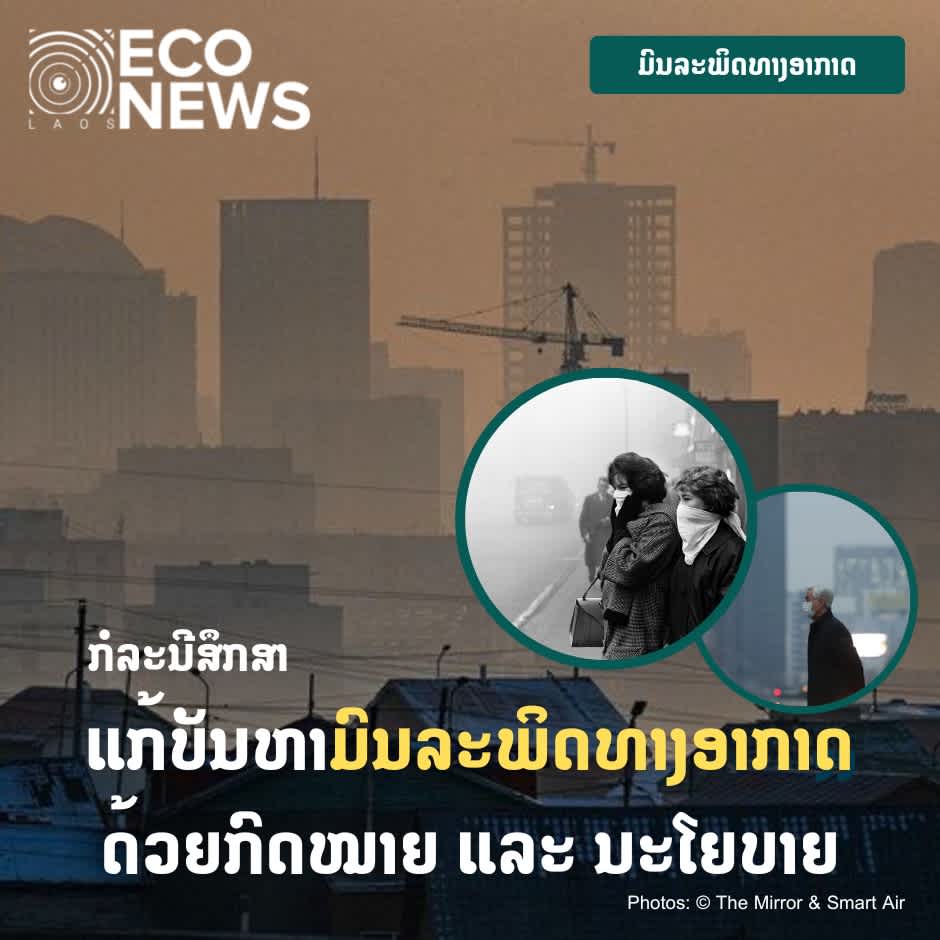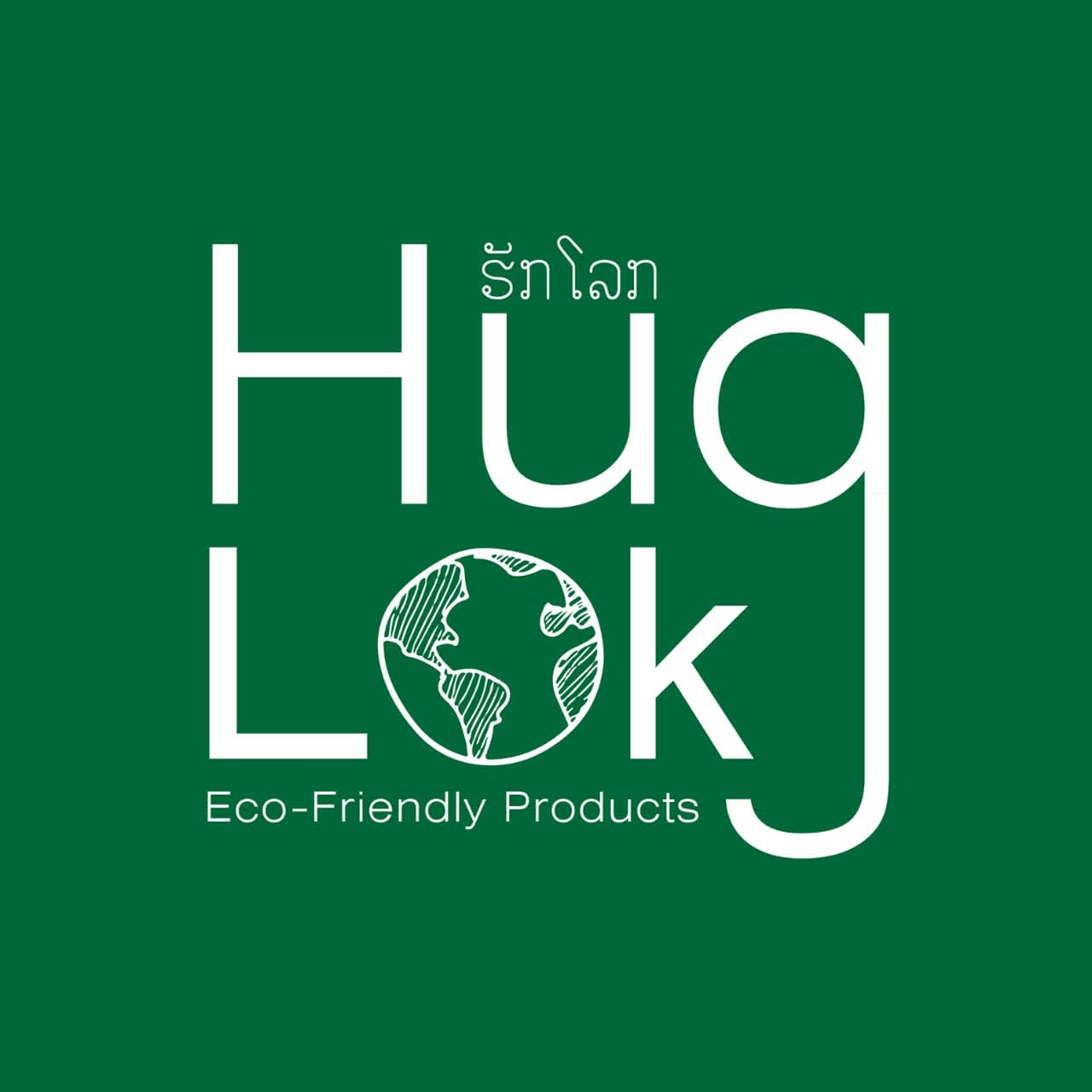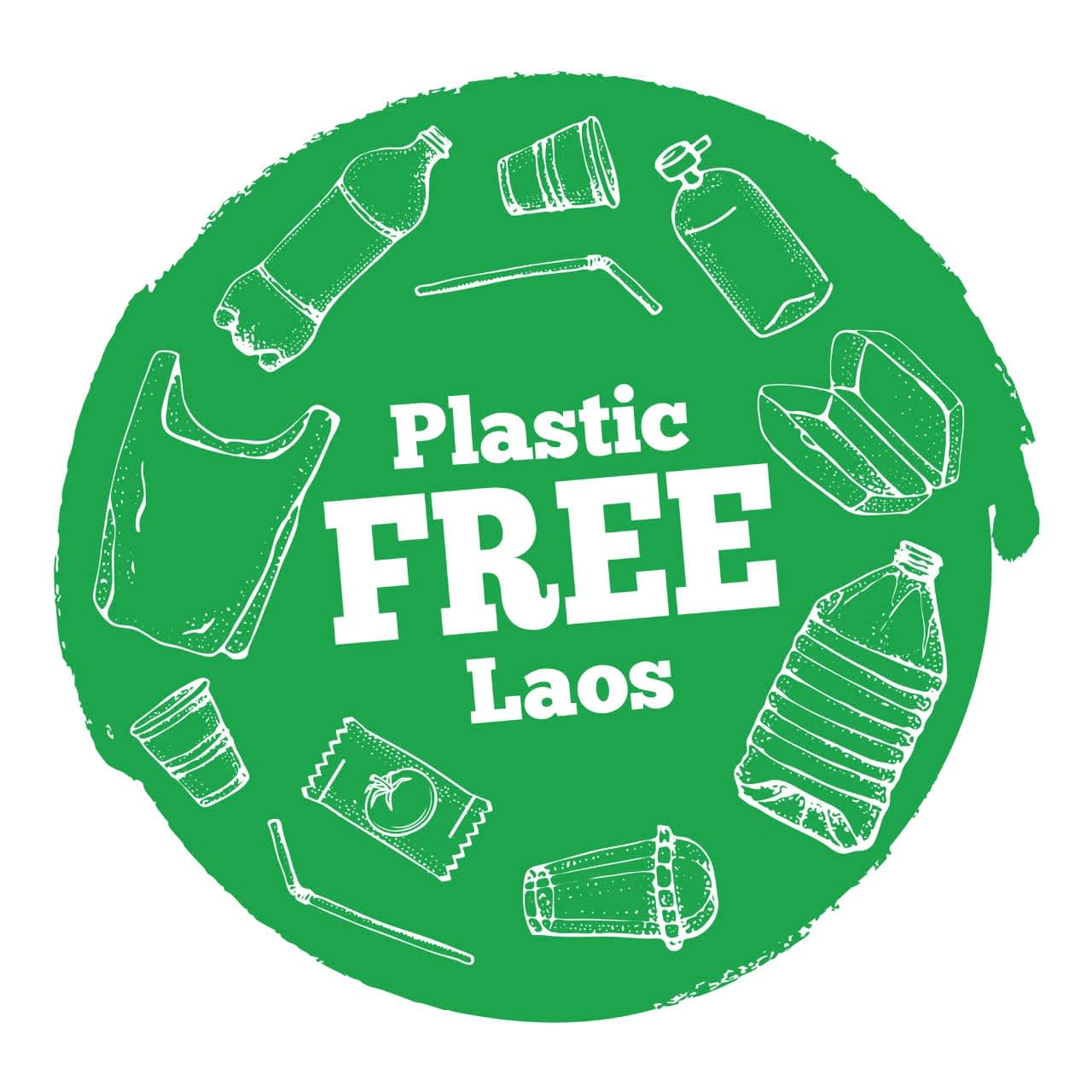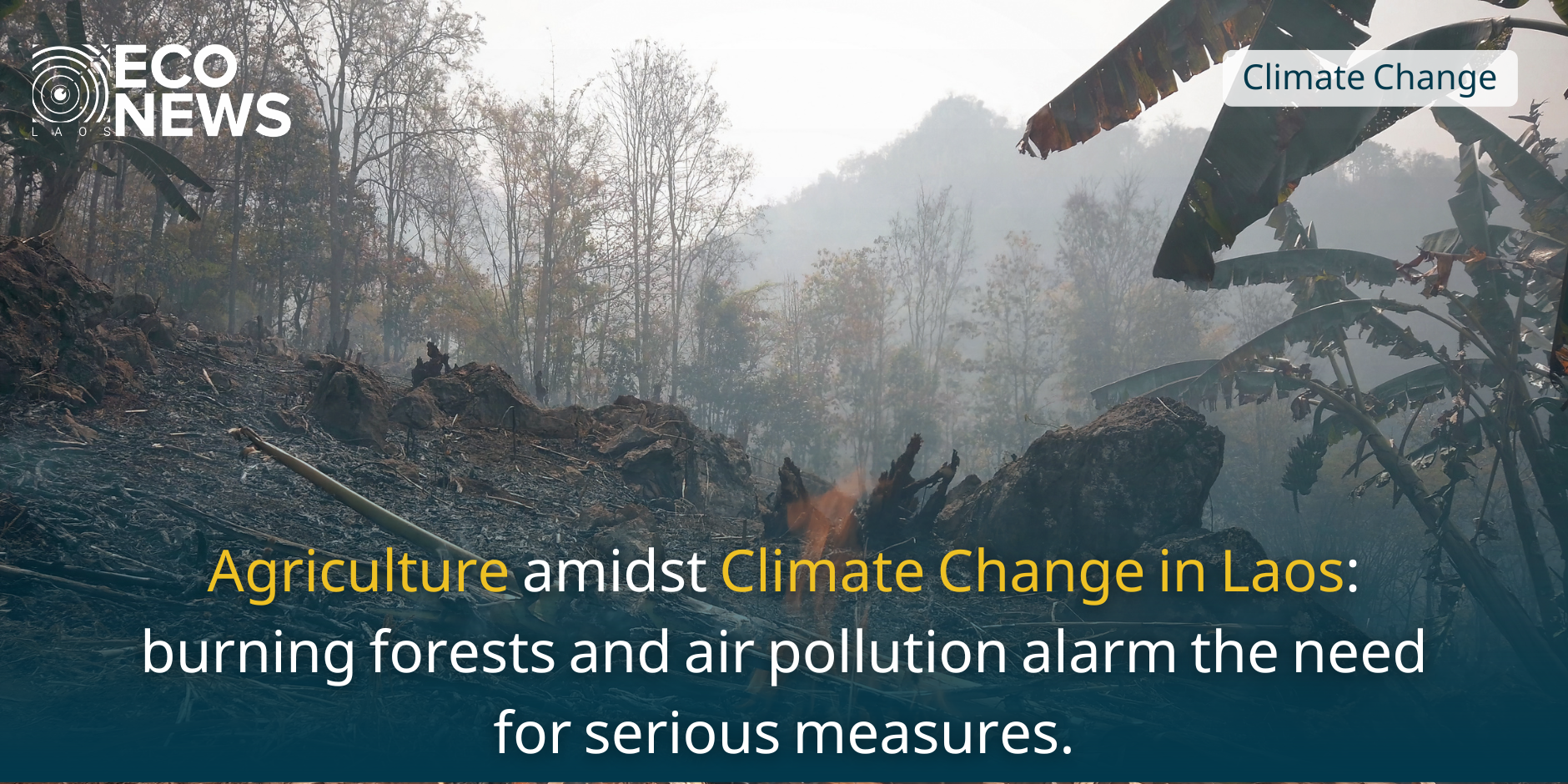
‘’Air pollution in Vientiane today is worse than yesterday’’ shared through a caption by Phoonsab Thevongsa, a netizen and well-known photographer. The PM 2.5 issue in Laos is reportedly the consequence of slash-and-burn agricultural practices of the farmers since the dry season is well known as a preparation period for cultivation in the upland areas. Moreover, photos of the activities had also been shared widely on Facebook as well, sparking discussions among Lao people about whether the authorities should take any measures and actions. ‘’Even animals are not as cruel as humans. The last 6 months I travelled through this road and there was more forest cover…’’ said one netizen in Khammuan province in a post showing heavy forest fire from slash and burn activity in Nakai district, Khammuan. Slash-and-burn agriculture has been adopted and wildly used by Lao farmers across the country, especially in mountainous areas. The method involves clear-cutting of the vegetation on the lands which are normally forest or cultivation land with grown vegetation/trees. Then, farmers would burn the remained vegetation. Apart from being a fast process to prepare the land, after burning, it leaves soil with a thick layer of nutrition which is beneficial for the crops. Despite being used for decades; the method is also known as an unsustainable practice according to specialists and as well as the government. Apart from severely clearing the vegetation and chasing away wildlife, the method also requires farmers to continually shift to new forestlands until the old lands are able to gain fertility to be used again in around a 6-7 year period. Therefore, slash-and-burn agriculture is well known as a method resulting in wide deforestation, loss of biodiversity, soil erosion and water contamination. Moreover, recently its impacts on Climate Change and human health have become more apparent in Laos. According to the National Eld’s Deer Sanctuary in Savannakhet Province of Laos, the main 2 sources of forest fires in Laos are slash-and-burn agriculture and using fire for hunting activities. Due to the current situation of Climate Change, the incident has become more severe and more noticeable to Lao people since they have been impacted by receiving high-level pollution. In late March 2023, the fire spread to 17 different villages in the Sangthong district, Vientiane Capital leading to a forest fire in 120 hectares of woodland in the Phou Phanang National Protected Area. Mr. Phongsavanh Siliphan, the Governor of Sangthong district stated that the forest fire was caused by villagers' slash-and-burn activities to prepare their agricultural lands. The incident involved about 600 people, including officials and local residents, and the use of a Military helicopter in the attempt to put out the fire. Yet, in early April, a forest fire occurred in Vangvieng district, Vientiane Province due to the same cause, the burning of crops. According to the Laotian Times, the local government’s response to the event was to give a training and education session to groups of people who were caught burning forest land to understand the impact of their actions on the environment and public health, as well as forest laws and regulations related to protecting and preserving forests aiming at motivating them to avoid the slash-and-burn activities. However, changing the method in Laos requires changing the holistic system as agriculture is a dominant occupation of the Lao population and the core economic sector of the nation which makes Laos an agrarian economy. The majority of farmers in Laos are small-scale farmers who tend to earn less and are classified as a ‘poor’ population in Laos as the majority of them are for subsistence. Farmers are reportedly facing various challenges such as lacking technology and market access, declining soil fertility, and poor irrigation and drainage. Econews Laos has performed interviews with 5 farmers who traditionally perform slash-and-burn agriculture in Ban Huana, Vientiane Province about their views on Climate Change and their cultivation situation. ‘’We cannot practice the same agricultural activities as in the past. The weather is hotter and rains are not coming according to its season.’’ ‘’Because rains are less than before, vegetation and crops take more time to grow. As a result, it provokes us to cultivate more lands to seek good soil’’ ‘’We have heard about Climate Change and know that this might be the result of the incident’’ ‘’We know that slash and burn method is harmful to health, but it is what we have been practising for a long time and it helps us a lot in our work’’ ‘’If there is another modern and better method provided by the authorities, we will definitely adopt it’’ In addition, the measures to tackle the issue might have to go beyond in the international trade scale. On 27 March 2023 – Mr. Pita Limjaroenrat, head of Kaokrai Party and a candidate for Prime Minister of Thailand posted on his official Facebook page, showing his stance on the issue of air pollution in Thailand-Laos which was caused by clearing lands for commercial agriculture in Laos such as maize to import to Thailand. He stated that in order the tackle the issue, apart from strengthening collaboration between the nations especially on Transboundary Haze Pollution Act compliance, the government has to require importers and buyers to set measures, such as following Good Agricultural Practices (GAP).
